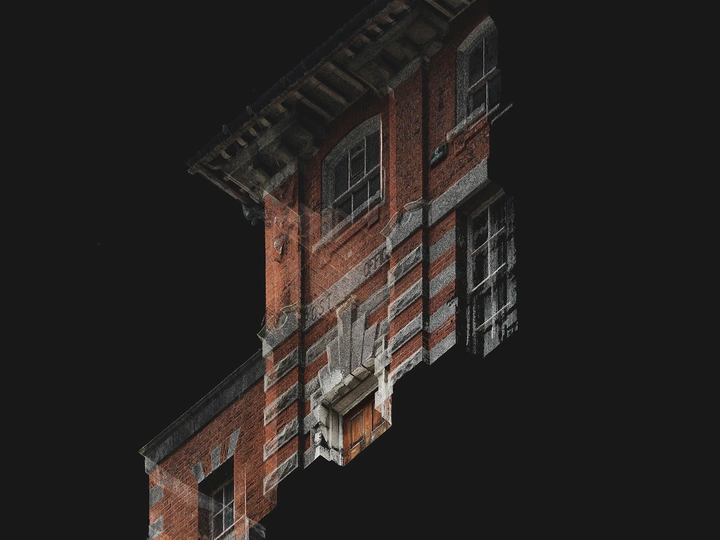Book of References_County Mayo

My name is Aidan Conway I'm from County Mayo in the West of Ireland, I studied study Architecture at the University of Dundee and completed my masters at the TU Delft in the Netherlands. I’ve worked in practices in Ireland, Slovenia and Spain.
I started my own practice Marmar in 2020 and I've been a lecturer at the School of Architecture at University of Limerick since 2019. I've been working on domestic projects, small scale tourism work, along with some exhibition design. Recent projects include a cabin in Clifden, Co. Galway, the refit of michelin star restaurant Aniar in Galway, along with the Murmur of the Bees exhibition at the national museum of country life in Turlough, Co. Mayo.
In late 2021 I received an bursary from the Arts Council of Ireland in order to carry out an element of personal research. My aim was/is to use the frame of county Mayo to examine its built environment. Creating an Atlas of the county that would add to the existing base of knowledge, whilst also establishing a catalogue of references that will inform and enrich my work in practice. The book of references is composed of a number of structures, buildings and spaces from within the county. Mapping their location. Surveying them. Analysing their construction, their form and their relation to the landscape (physical, historical or by toponym).
Each structure was surveyed using photogrammetric methods. These detailed scans form the basis for a series of analytical and exploratory drawings/model studies of each subject. The scans prompted a more careful way of looking at each structure, and in doing so, new ways of viewing, understanding and portraying them. While The point cloud scans themselves have remained some of the most fascinating products of the study to date, they opened new and varied lines of inquiry.
(The example shown in the cover image is the Edwardian post office building in Castlebar, the construction of which was analysed as part of the study.)
In late 2021 I received an bursary from the Arts Council of Ireland in order to carry out an element of personal research. My aim was/is to use the frame of county Mayo to examine its built environment. Creating an Atlas of the county that would add to the existing base of knowledge, whilst also establishing a catalogue of references that will inform and enrich my work in practice. The book of references is composed of a number of structures, buildings and spaces from within the county. Mapping their location. Surveying them. Analysing their construction, their form and their relation to the landscape (physical, historical or by toponym).
Each structure was surveyed using photogrammetric methods. These detailed scans form the basis for a series of analytical and exploratory drawings/model studies of each subject. The scans prompted a more careful way of looking at each structure, and in doing so, new ways of viewing, understanding and portraying them. While The point cloud scans themselves have remained some of the most fascinating products of the study to date, they opened new and varied lines of inquiry.
The Edwardian post office building in Castlebar, a study of an over hang detail unusual in its context but elegant and successful.
The Temple at the Neale, A folly that turned out to be two contrasting pieces.
The Henge at Achill, an illegal construction that prompted questions of landscape, form and "authenticity"
These are three of seven, all of which have been personal studies that are feeding back into my design practice, but have broader relevance in a time where will be paying more close attention to the adaptive re-use of our built environment.